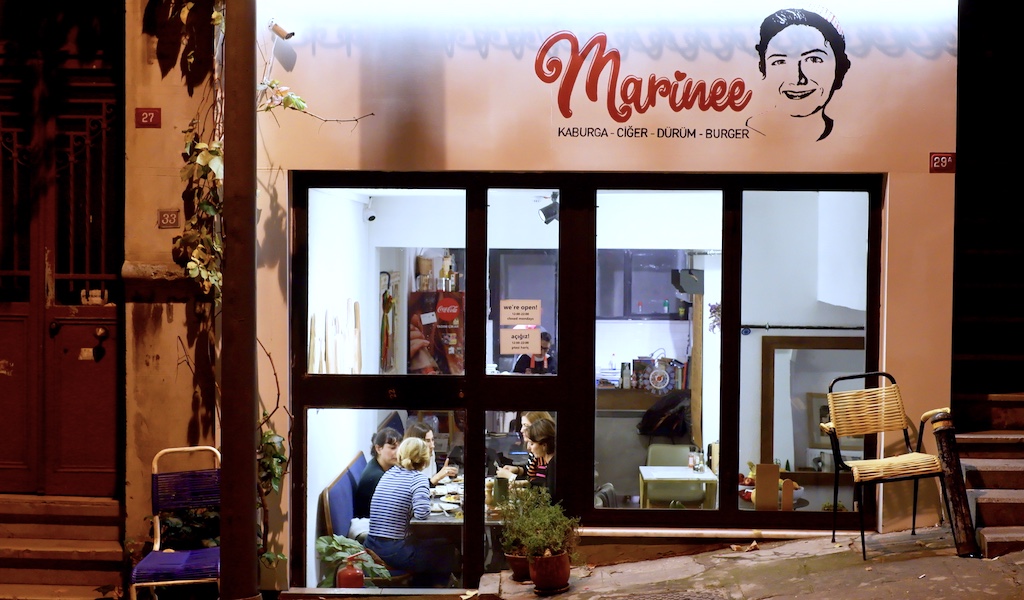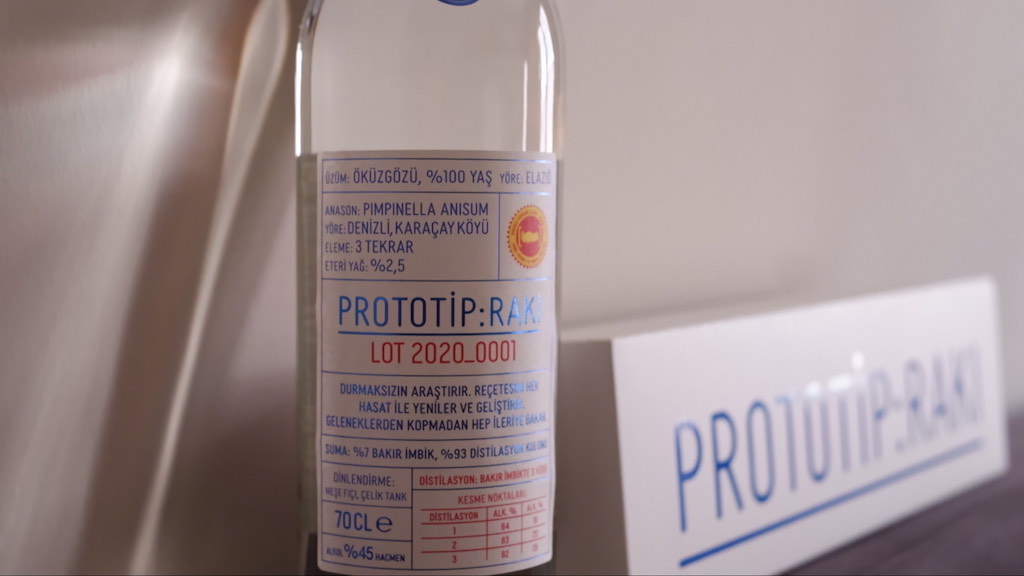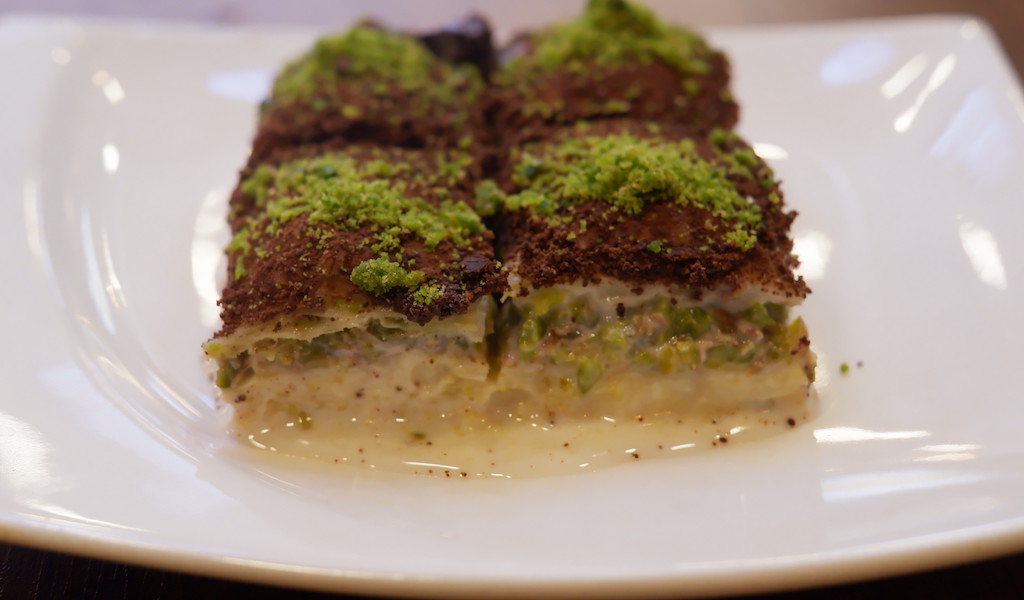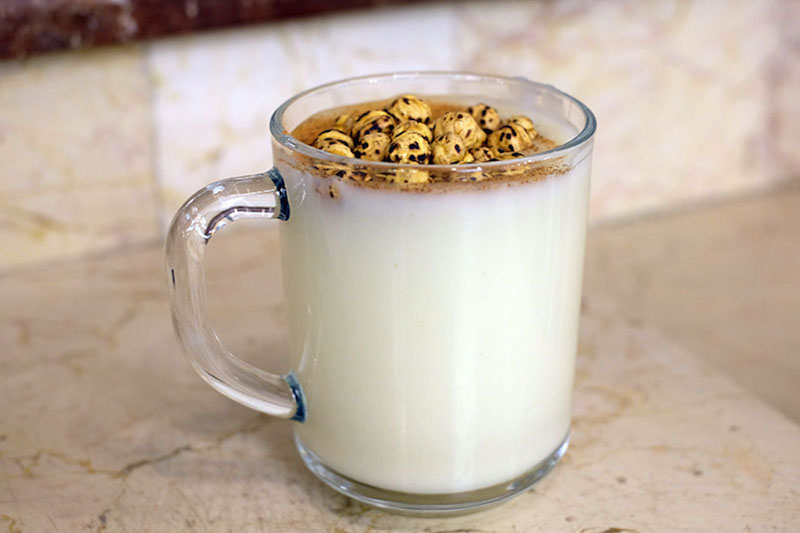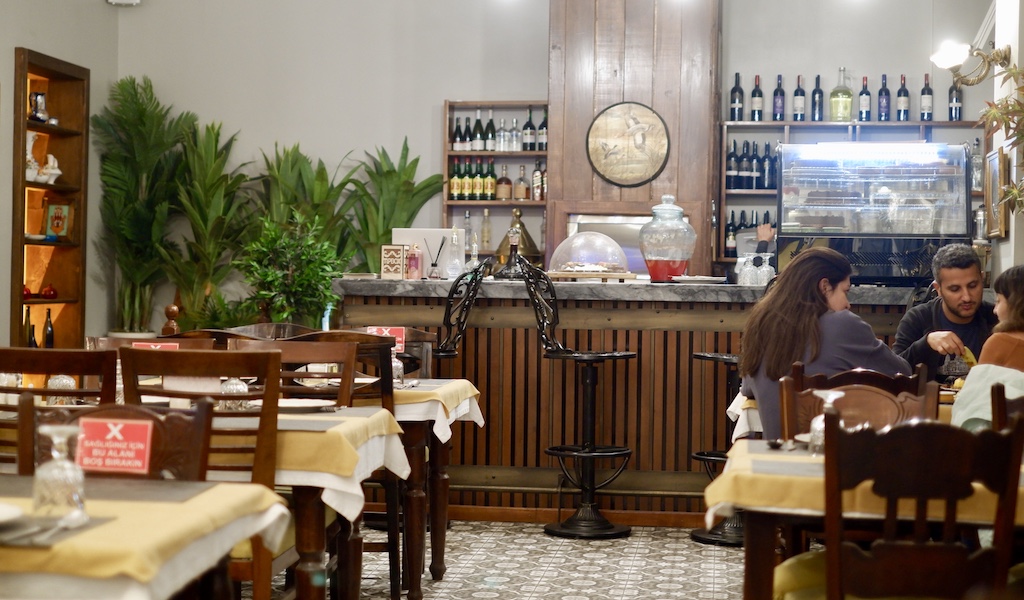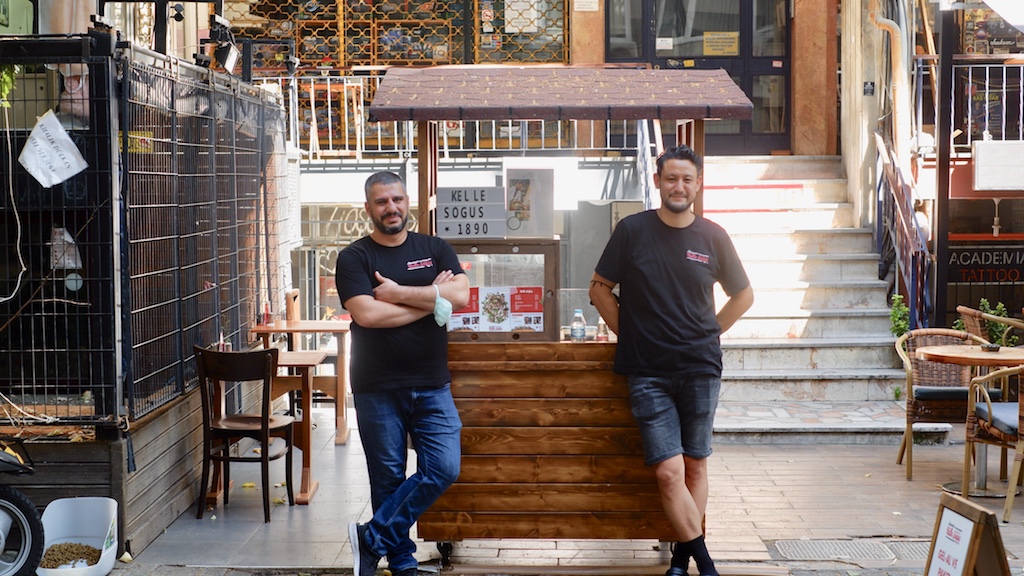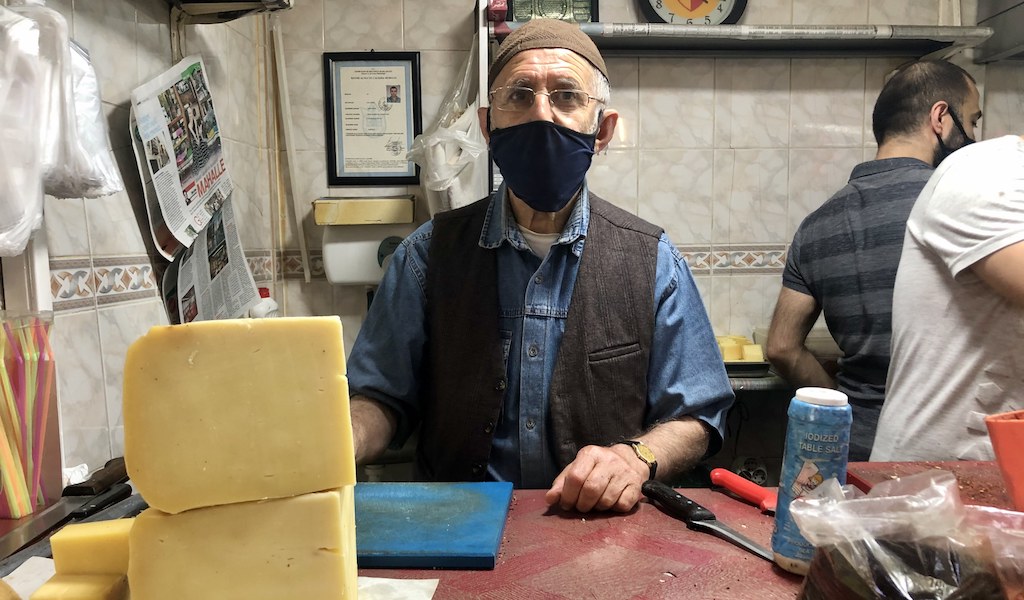We can't find the internet
Attempting to reconnect
Something went wrong!
Hang in there while we get back on track
Search results for "Paul Benjamin Osterlund"
Istanbul
Marinee Kaburga: The Return of an Anti-Celebrity Chef
“I don't want to die, because I just can't get enough of Istanbul,” proclaims Mari Esgici, chef and owner of Marinee Kaburga, a small, cozy restaurant specializing in kaburga (beef ribs) and brisket that is a delightful addition to the Kurtuluş neighborhood's culinary patchwork. Hailing from an Armenian family with roots in the southeastern city of Diyarbakır, Mari came to Istanbul in 1980 as a child and has seen a great deal of the City. In the process, she has become a vital part of its culinary scene, in no small part due to her larger-than-life personality. It would be an understatement to say that Mari is a character, her intense vibes radiate from the kitchen and you know exactly where you stand with the chef.
Read moreIstanbul
Prototip Rakı: Spirit of the Times
It's nearing the end of 2021 and Turkey is bracing stormy weather. The economy is struggling, the Turkish lira has lost a quarter of its value this year, rental prices are soaring nationwide and purchasing power has been compromised. On top of it all, already sky-high taxes on alcohol were hiked again earlier this month, making it increasingly more difficult for people to drown their problems in a drink or four. The country's liquor sector has been hampered by a full-blown advertising ban since 2013 that even prevents companies from opening an Instagram account. All things considered, one might think it a bad time to produce what is essentially Turkey's first boutique rakı.
Read moreIstanbul
Soğuk Baklava & Beyond: Istanbul’s Half-Baked Dessert Trends
Istanbul's dessert culture mirrors the richness of its broader culinary diversity and depth, and the city is home to numerous classic establishments that have essentially perfected favorite Turkish sweets. There’s Özkonak’s tavuk göğsü, a dense, thick pudding made with shredded chicken breast and topped with cinnamon, and Mahir Lokantası’s irmik helvası, a subtly sweet mound of semolina paired excellently with a dollop of vanilla ice cream. Despite these and numerous other beloved desserts having firmly established their places on Istanbul's menus, the city also has a penchant for being consumed with the latest trends, often hybrids of local staples or imports from afar. In 2012, we remember lots of folks going berserk over trileçe, a version of Latin America’s tres leches cake, which one can guess from the name is traditionally made with three types of milk.
Read moreIstanbul
Falling for The City: An Ideal Autumn Day in Istanbul
Fall often crashes down like a ton of bricks over Istanbul, but it’s a welcome blow. Crisp evenings replace sticky, humid ones overnight. During the day it’s warm enough to walk around in a T-shirt if it’s sunny, though you may need to have a sweater on hand if the sun dips behind a cloud. It was a late afternoon in early October that cemented our deep love for Istanbul. We boarded a ferry from the Anatolian side before the sun set. It was still warm enough to sit outside without a jacket, and the energy of the changing season, both invigorating and soothing, coursed through the air and then our veins.
Read moreIstanbul
CB on the Road: Uncovering the Cuisine of Kars, Layer by Layer
On the fringes of the Caucasus in Turkey's easternmost corner, Kars may be the most architecturally unique city in the country. This is primarily due to the austere yet awe-inspiring Baltic-style black stone buildings built by the Russian empire more than a century ago, when it ruled the region. With a mixed population of Turks, Kurds and Azerbaijanis, and the stark visual influence of its Russian and Armenian past, may it be no surprise that this small city presents more than the sum of its parts when it comes to cuisine, and has more to offer than the cheese and honey it is noted for nationwide. Well-known as the last stop on the iconic day-long Eastern Express train route, and for the nearby majestic ruins of the ancient Armenian city of Ani, Kars is blanketed by snow in the winter and features unpredictably chaotic weather in the summer.
Read moreIstanbul
Kadıköy Kelle Söğüş Muammer: Head Start
Before we cross the Bosphorus Strait to Asia, this story starts on Istanbul’s European side, at a small stand that has been operating in Beyoğlu since the mid-1970s. There, Muammer usta serves up expertly-cooked and sliced cuts of kelle söğüş (chilled lamb's head meat), perched in a strategic location across from the local fish market and a stone's throw from the Nevizade strip of meyhanes and bars. Over the decades, Muammer usta has become one of the most recognizable characters in the area. The usta’s influence cannot be overstated. His stand is beloved by locals, foreign tourists from across the globe and food critics alike.
Read moreIstanbul
CB on the Road: Kumrucu Apo, Sandwiching Anatolia and the Aegean Together
Izmir’s quintessential sandwich, the kumru (the Turkish word for turtle dove), derives its name from the birdlike shape of the elegant, curved roll in which it is served. Throughout the Aegean coastal city, there are two varieties of this ubiquitous sandwich: One is served fresh from a cart with a slice of local tulum peynir (sharp white sheep’s cheese), tomatoes and optional green pepper. The other version is a greasy, salty and downright decadent configuration of grilled sucuk, salami, thinly sliced hot dog strips, two types of cheese, pickles, tomatoes and occasionally ketchup and mayo, dwarfing its humble predecessor. While the simpler kumru dates back to the mid-19th century, it was in the 1940s that sandwich shops started grilling them up with sausage and melted cheese.
Read more